
- BY:Engineering Department
Low capacity utilization has always been an important reason restricting the development of the food waste treatment industry. Since 2019, the waste sorting policy has continued to exceed expectations, which will encourage catering waste and kitchen waste to return to the right channel. Taking Shanghai as an example, the total amount of wet waste separation in Shanghai in August 2019 reached 9,200 tons/day, which was 1.45 times and 2.58 times that of 2018 and 2017, respectively. In addition, some projects, such as the gross profit margin of Weiming's environmentally friendly restaurant and kitchen processing business, increased from 27.35% in 2016 to 36.49% in 2018. They have achieved strong profits and will drive the industry to accelerate development.
A wide range of food waste, with both resource attributes and pollutant attributes
Food waste: Wet waste. According to the definition in the 2012 "Technical Specification for Food Waste Treatment" document issued by the Ministry of Housing and Urban-Rural Development, food waste is divided into two categories: food waste and kitchen waste. Food waste has both resource attributes and pollutant attributes.

my country's food waste production is huge and maintains steady growth
The daily output of kitchen waste in cities and counties in my country is about 404,800 tons: According to the definition of kitchen waste above, kitchen waste belongs to the category of domestic waste at the processing level. The highest proportion of domestic waste in my country is kitchen waste, accounting for about 50%. Combining the total amount of domestic waste removal and transportation in cities and counties in China, the total output of kitchen waste in cities and counties in my country in 2018 is about 148 million tons. The output is about 404,800 tons.
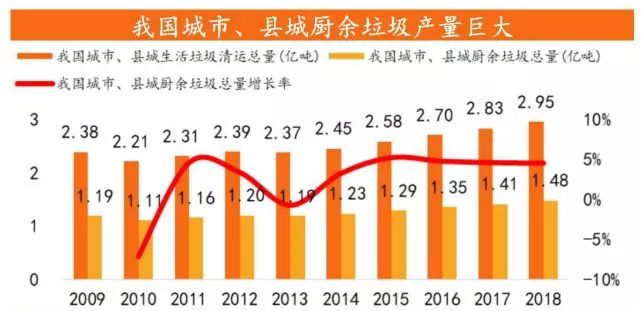
The daily output of catering waste in my country is about 117,000 tons: In 2018, the income of my country’s catering industry was 4.27 trillion yuan, a year-on-year increase of 7.75%. Maintain rapid growth. Unlike domestic waste, which has a unified cleaning and transportation route, a considerable part of catering waste enters the black workshop through the black chain, and is refined into trench oil to return to the dining table, making it difficult to estimate the scale of catering waste. According to the output value of the catering industry in Beijing and the total amount of catering waste, it is estimated that the output value of catering waste per 100 million yuan corresponds to the output of catering waste, and then the total output of catering waste in my country in 2018 is about 42.72 million tons, and the daily output is about 117,000 tons.

my country's food waste investment and operation market space is huge
Food waste disposal can be divided into two major links: investment and operation.
(1) The investment link mainly refers to the construction of food waste treatment facilities. It is estimated that the new investment in food waste will be 22.2 billion yuan in 2020 and 91.1 billion yuan will be invested in 2021-2025;
(2) The operation is mainly based on government subsidies. It is estimated that the operating space will reach 12.5 billion yuan in 2020 and 25.8 billion yuan in 2025.
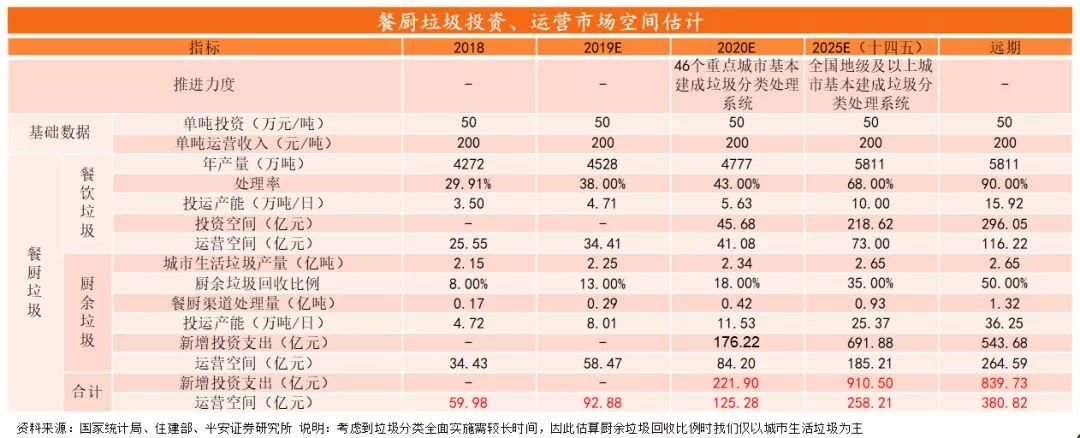
Garbage classification boosts the food waste treatment industry to a healthy path
Since 2019, Shanghai and Beijing have successively promulgated waste sorting policies, which have aroused great repercussions in society and have demonstrated obvious demonstration effects. With the continuous implementation of national and regional policies, the food waste disposal industry is expected to benefit in the long term.

Significant effect of the implementation of the garbage classification policy in Shanghai
Policy summary: On July 1, 2019, Shanghai formally implemented the "Shanghai Municipal Waste Management Regulations", marking Shanghai's entry into the era of mandatory waste classification. The core content of the regulations includes four classification modes: hazardous garbage, recyclable garbage, dry garbage, and wet garbage; it is clear that the maximum fine for personal unsorted garbage is 200 yuan, and the maximum fine for unsorted garbage by units is 50,000 yuan.
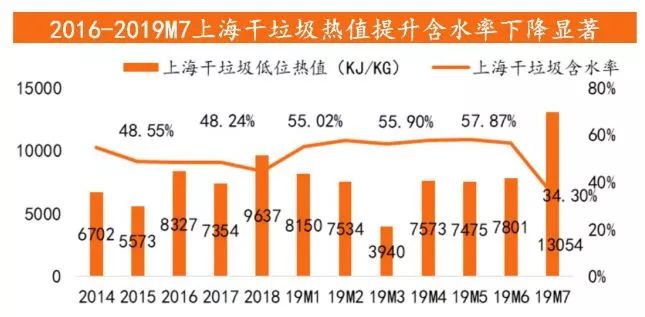
The progress:
1) The separation effect of wet waste is remarkable: in August 2019, the total amount of wet waste separation in Shanghai reached 9,200 tons/day, which was 1.45 times and 2.58 times that of 2018 and 2017 respectively;
2) Increase in the calorific value of dry waste incineration: According to the data from the 2019 Shanghai Solid Waste Forum, in July 2019, the calorific value of dry waste incineration reached the peak value of 13,054KJ/JG since 2014, and the moisture content of dry waste dropped from about 50% to 34.3%. The drop is obvious.
On the whole, garbage classification allows more food waste to enter the formal treatment channels, which is beneficial to food waste treatment enterprises.
Some kitchen projects already have strong profitability
Due to the small scale of the restaurant kitchen project of the listed company, only three companies have been found to disclose the profitability of the restaurant kitchen. The 19H1 Villley Changzhou restaurant project achieved a net profit of 9.2033 million yuan, far exceeding the whole year of 2018. With steady growth, gross profit margin increased from 27.35% in 2016 to 36.49% in 2018.
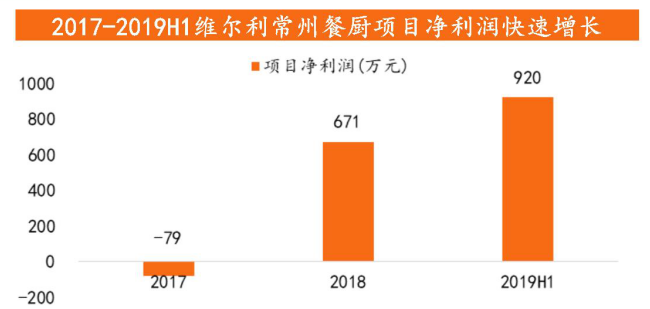
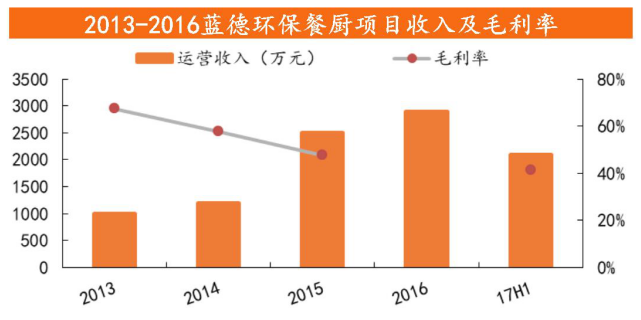

转载:北极星固废网


